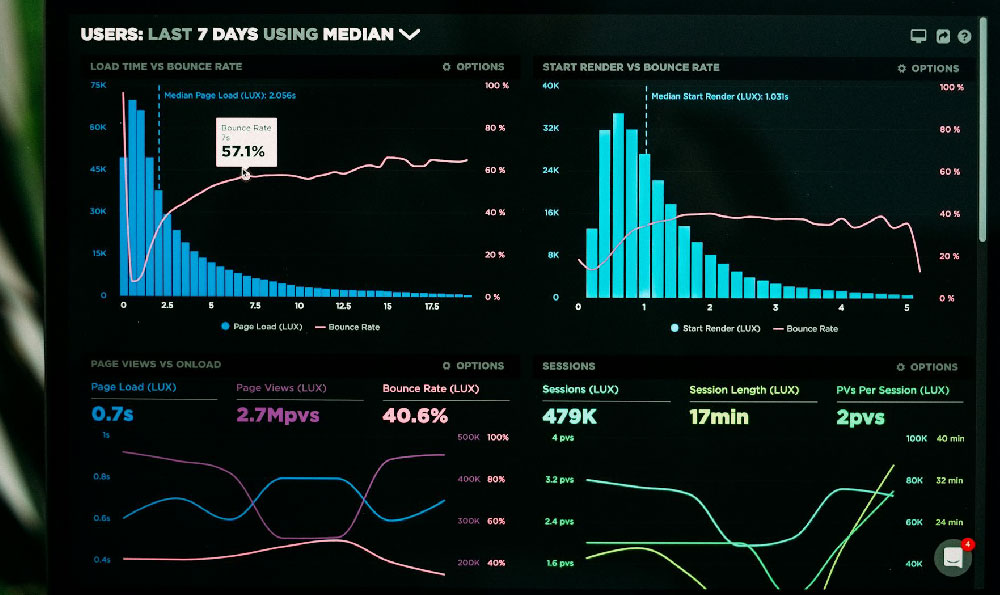Navigating the landscape of part-time employment in California requires a clear understanding of the legal definitions and typical practices that shape the working environment. While there isn't a single, ironclad legal definition that explicitly states the number of hours that constitutes a part-time job, several factors influence how it's perceived and classified within the state. Essentially, it boils down to comparing the hours worked by an employee to those of a full-time employee doing similar work.
To delve deeper, it’s crucial to acknowledge the difference between legal stipulations and common industry standards. California law primarily focuses on employee rights and entitlements, such as minimum wage, overtime pay, and benefits. These rights generally apply regardless of whether someone is classified as full-time or part-time. However, the Affordable Care Act (ACA) uses 30 hours per week as a benchmark for determining full-time status for the purposes of employer-provided health insurance. While not directly defining "part-time," this indirectly implies that working less than 30 hours per week might be considered part-time.
The ACA stipulation is significant because many employers use it as a guiding principle. Offering health insurance to employees who work 30 hours or more per week can be a costly undertaking for businesses, and therefore, some employers actively manage employee hours to stay below this threshold for a significant portion of their workforce. This leads to a common perception that a job is part-time if it requires fewer than 30 hours of work per week.

Beyond the ACA, the definition is more fluid. The specifics often depend on the employer's policies and the industry. In some sectors, particularly retail and hospitality, a “full-time” employee might work 35 hours or more, and therefore, anything less than that would be considered part-time. In other sectors, the standard full-time week is 40 hours, rendering anything below that part-time.
The absence of a clear-cut legal definition gives employers flexibility, but it also underscores the importance of checking the specific employment agreement or company policy for clarity on the classification of the position. The employment agreement should explicitly define the number of hours expected per week and how the position is categorized (full-time or part-time).
Furthermore, it's important to remember that California is an at-will employment state, meaning employers can generally terminate an employee for any reason that is not discriminatory or illegal. They can also alter the terms of employment, including reducing hours, as long as they provide proper notice and comply with all applicable labor laws.
The standard range for part-time work in California generally falls between 1 and 34 hours per week. However, the most common range lies between 20 and 29 hours per week. This allows businesses to utilize labor without incurring the potentially higher costs associated with full-time employment, such as benefits packages.
Another vital aspect to consider is how benefits are handled. Some employers offer benefits to part-time employees, though these benefits are often less comprehensive than those offered to full-time employees. Benefits might include paid time off, sick leave, or even access to health insurance, although access to affordable health insurance is less common for part-time workers unless they work close to 30 hours per week. The specific availability and scope of these benefits should be clarified during the job application and hiring process. Don't hesitate to ask the employer about their policy on benefits for part-time employees.
Looking at specific industries, we can see varying norms. Retail often sees a greater reliance on part-time employees, especially during peak seasons. These employees might work anywhere from 10 to 25 hours per week. Restaurants and food service also frequently hire part-time workers, with schedules often dictated by meal times and busy periods. Healthcare, especially in roles like home health aides or assistants, often features part-time positions to provide flexible care.
The hourly wage is also an important consideration. While the California minimum wage applies to both full-time and part-time employees, the total weekly earnings for a part-time worker will naturally be less than those of a full-time worker, given the fewer hours worked. Therefore, individuals seeking part-time employment should carefully consider their financial needs and ensure that the hourly wage and the anticipated number of hours are sufficient to meet their obligations.
Finally, it is beneficial to explore resources available through the California Department of Industrial Relations and the Employment Development Department (EDD). These agencies provide information on employee rights, wage and hour laws, and other relevant regulations. They can also offer guidance in cases where there are disputes about employee classification or benefits.
In conclusion, while a definitive legal definition of part-time employment in California is elusive, a generally accepted range falls between 1 and 34 hours per week, with most employers considering anything under 30 or 35 hours as part-time. The specific number of hours, access to benefits, and other conditions of employment should be clearly outlined in the employment agreement. By understanding these nuances and engaging with the available resources, both employers and employees can navigate the intricacies of part-time work effectively. Carefully considering your own needs and researching employer policies is paramount for a positive and financially stable part-time working experience.











